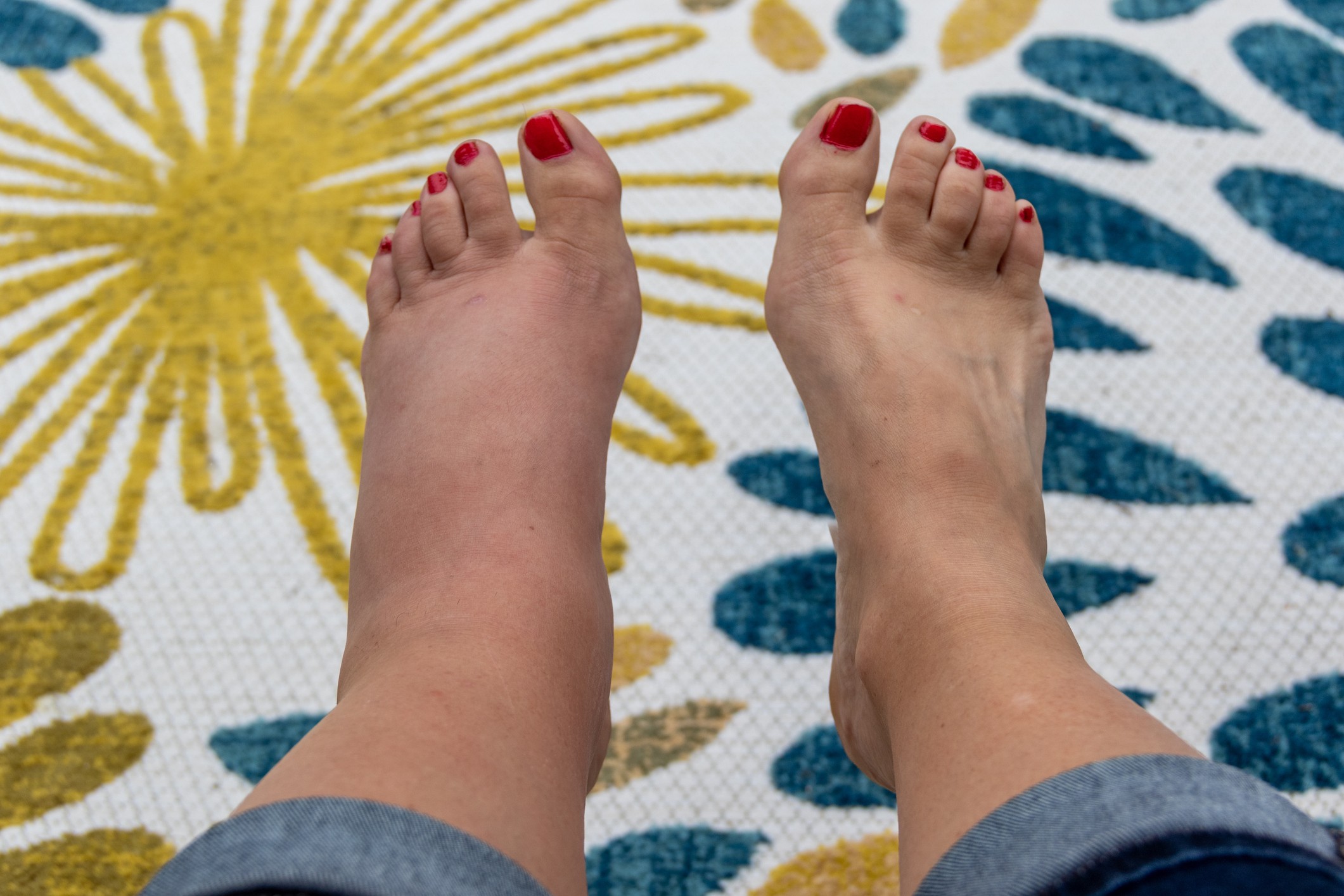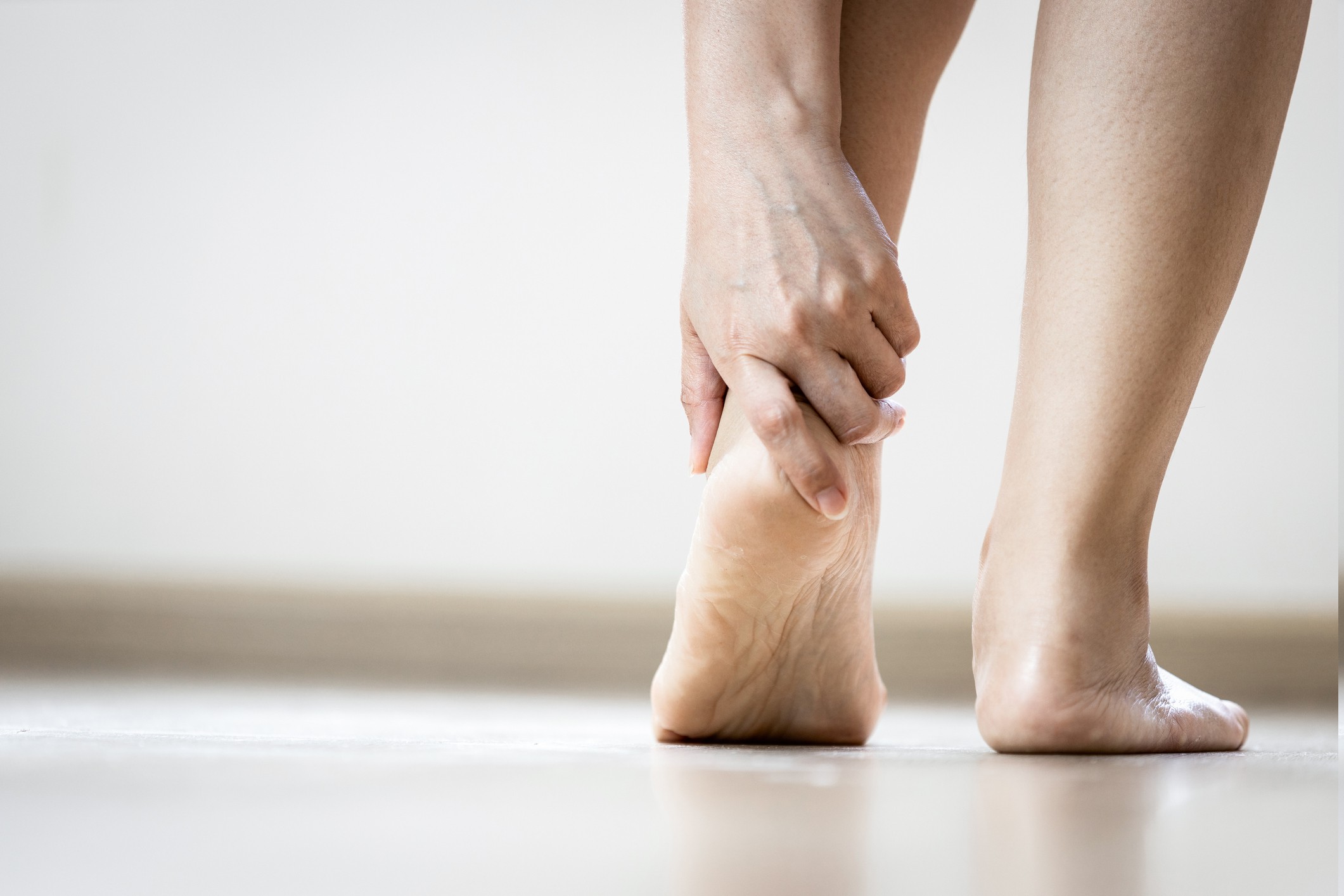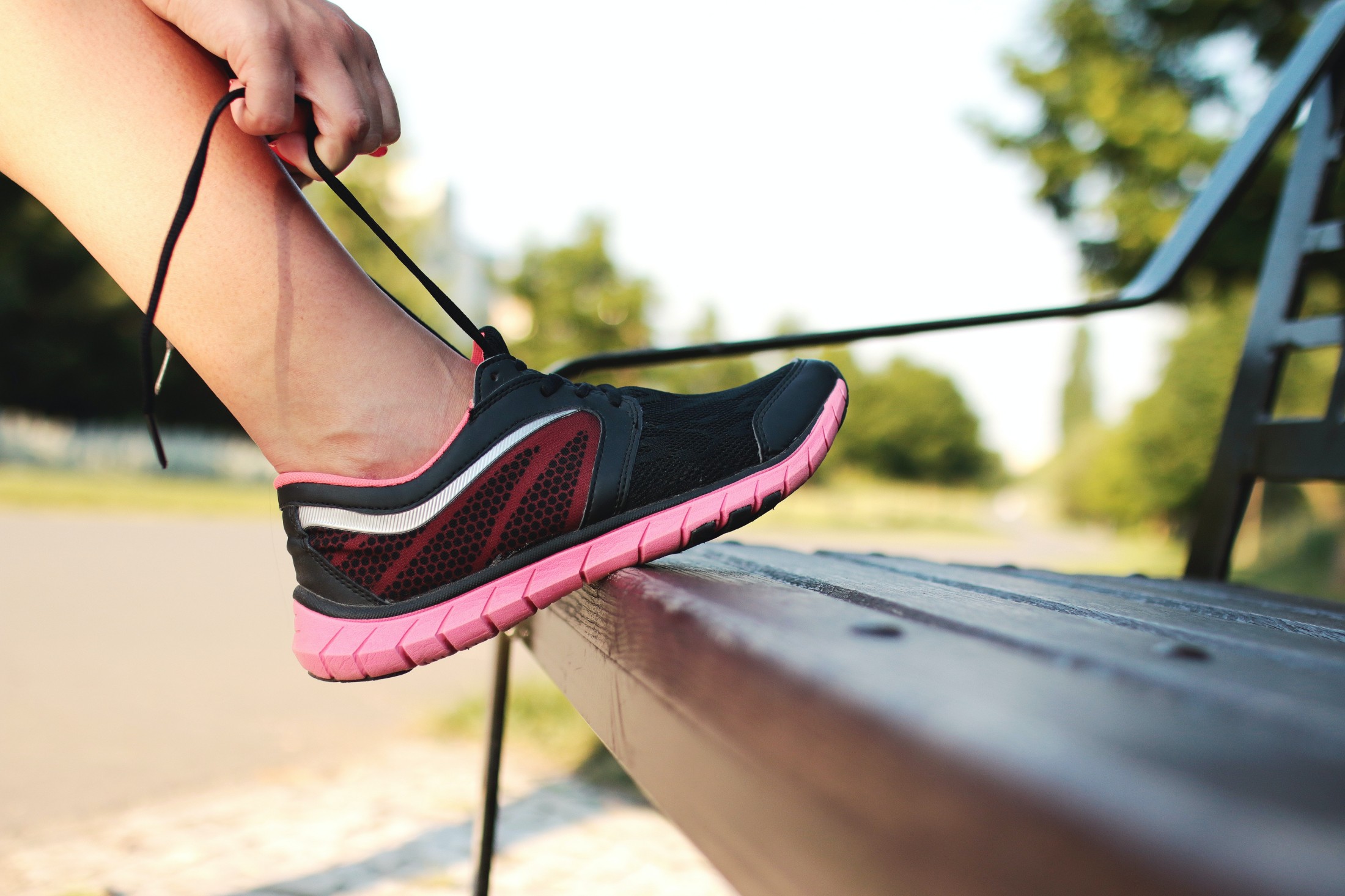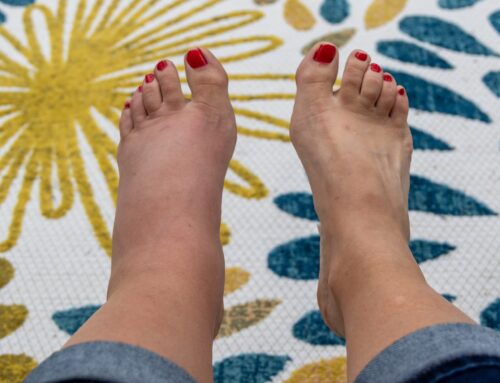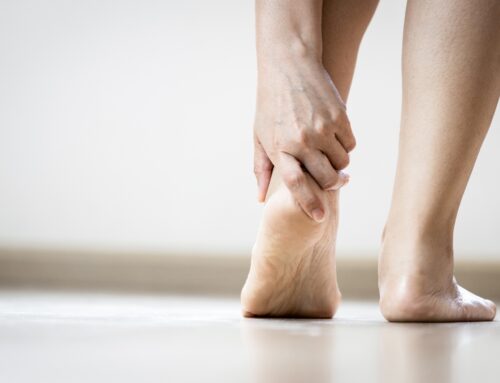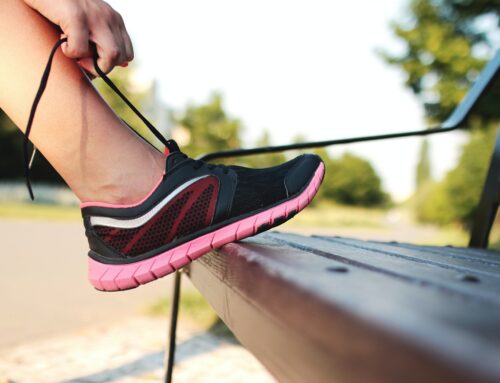Circulation issues affect many people at some point in their lives, ranging from occasional leg swelling to more serious conditions like varicose veins and deep vein thrombosis (DVT). Left untreated, poor circulation causes discomfort, fatigue, and can lead to more severe health problems. Common symptoms include leg swelling, a heavy or aching sensation, and visible veins that often worsen over time. Factors such as prolonged sitting or standing, pregnancy, medical conditions, or aging frequently contribute to these problems. Medical Compression socks provide a simple and highly effective solution to circulation problems.
These specialized socks improve blood flow and reduce pressure on the veins by applying graduated compression to the legs. They are tighter at the ankles and gradually loosen up the leg, encouraging blood to flow more efficiently back to the heart. Unlike off-the-shelf options, healthcare professionals often prescribe or recommend Medical Compression socks for their proven ability to prevent and manage circulatory disorders.
What Are Medical Compression Socks?
Medical Compression socks apply controlled pressure to the legs, ankles, and feet to enhance blood circulation. These garments provide graduated compression, with the strongest pressure at the ankle that gradually decreases toward the calf and thigh. This design pushes blood upward, preventing it from pooling in the lower extremities and improving overall circulation.
Healthcare professionals commonly prescribe these socks to treat or prevent various circulatory issues. They are especially beneficial for individuals with chronic venous insufficiency, varicose veins, deep vein thrombosis (DVT), or those recovering from surgery. Medical Compression socks also reduce leg swelling, alleviate discomfort from prolonged sitting or standing, and help prevent blood clots, particularly for those with limited mobility or frequent travelers.
How They Differ from Off-the-Shelf Compression Socks
You can find compression socks in many drugstores or online, but Medical Compression socks stand out in several key ways. Off-the-shelf compression socks typically come in standard sizes and offer general levels of compression, but they often lack the precision needed for specific medical conditions. Made from less durable materials, these socks may not fit properly, limiting their effectiveness.
In contrast, Medical Compression socks are designed with individualized care. Healthcare professionals often prescribe them after assessing a patient’s condition, ensuring the right level of compression and a proper fit. These socks come in a range of compression strengths (measured in mmHg), tailored to specific needs—from mild support for minor swelling to stronger compression for more serious circulation problems.
Beyond offering better compression accuracy, Medical Compression socks use higher-quality, medical-grade materials that are durable and comfortable. This ensures they remain effective over time, even with regular use, while providing the necessary support without compromising comfort
Medical Benefits
Medical Compression socks provide a range of benefits that off-the-shelf versions often cannot match. By applying consistent pressure, they help to:
- Reduce swelling and fluid retention
- Prevent blood clots, particularly in people recovering from surgery or with limited mobility
- Improve symptoms of varicose veins and chronic venous insufficiency
- Promote faster recovery for athletes and active individuals by reducing muscle fatigue and soreness
How Medical Compression Socks Improve Blood Flow
Medical Compression socks use a technique called graduated compression, where pressure is applied more tightly around the ankle and gradually lessens as the sock moves up the leg. This design encourages blood to flow upwards toward the heart rather than pooling in the lower extremities, which can often lead to swelling, discomfort, or more severe circulatory problems.
Graduated compression works by gently squeezing the veins, muscles, and tissues in the legs, which helps blood vessels function more effectively. The increased pressure helps the veins push blood back up through the legs, reducing the strain on the veins that might otherwise cause blood to flow backward and pool in the legs. This process is particularly beneficial for individuals who have compromised circulation due to medical conditions or lifestyle factors, such as prolonged sitting or standing.
Physiological Effects on Veins and Circulation
By improving venous blood flow, Medical Compression socks help the veins maintain their structural integrity. Under normal circumstances, veins have valves that prevent blood from flowing backward. However, when these valves weaken, blood can pool in the legs, leading to swelling, pain, and vein damage. Compression socks help prevent this by reducing the diameter of the veins, allowing the valves to close properly and prevent the backward flow of blood. This results in improved circulation, reduced swelling, and a lower risk of complications such as blood clots.
The overall effect of compression is to reduce the pressure within the veins, allowing them to work more efficiently and easing the symptoms of poor circulation. The consistent pressure improves oxygen delivery to the tissues and helps remove metabolic waste more quickly, resulting in reduced fatigue and discomfort in the legs.
Benefits for Various Conditions
Varicose Veins
Varicose veins occur when the veins become enlarged and twisted due to faulty valves, leading to blood pooling in the legs. Medical Compression socks help reduce the pressure on the veins, improving blood flow and relieving symptoms like swelling, aching, and heaviness. By preventing the veins from over-expanding, compression socks can alleviate discomfort and prevent the progression of varicose veins.
Deep Vein Thrombosis (DVT)
Deep vein thrombosis (DVT) is a serious condition where blood clots form in deep veins, usually in the legs. If these clots break loose, they can travel to the lungs and cause life-threatening complications such as a pulmonary embolism. Medical Compression socks are often used to prevent DVT, especially in individuals who are at higher risk due to surgery, immobility, or long-distance travel. By promoting continuous blood flow in the legs, compression socks reduce the likelihood of clot formation and encourage healthier circulation.
Chronic Venous Insufficiency
Chronic venous insufficiency (CVI) is a long-term condition in which the veins have difficulty sending blood back to the heart. This can result in persistent swelling, skin changes, and leg ulcers. Medical Compression socks are one of the most effective non-invasive treatments for CVI, as they improve the function of the veins and help reduce the buildup of fluid in the legs. Regular use of compression socks can alleviate symptoms, improve mobility, and prevent the worsening of CVI over time.
Medical Compression Socks vs. Off-the-Shelf Options
One of the most significant differences between Medical Compression socks and off-the-shelf options is the level of customization and fit. Proper sizing is important when it comes to compression socks—ill-fitting socks can be ineffective or even uncomfortable, reducing their therapeutic benefit. Medical Compression socks are typically custom-fitted based on precise measurements of the wearer’s leg circumference and length, ensuring the right amount of compression in the correct areas.
Unlike off-the-shelf socks, which usually come in standard sizes (small, medium, large), Medical Compression socks are tailored to an individual’s unique needs. This personalization ensures that the compression is applied uniformly, providing maximum effectiveness without causing discomfort. For those dealing with specific medical conditions, such as deep vein thrombosis (DVT) or chronic venous insufficiency, the right fit is essential for proper circulation support.
Personalized Compression Levels
Medical Compression socks are available in a range of compression levels, allowing for personalized treatment depending on the severity of the wearer’s condition. Healthcare professionals typically prescribe a specific compression level based on an individual’s health needs, ensuring optimal support. Off-the-shelf options, on the other hand, often offer generic or minimal compression, which may not be strong enough for those requiring therapeutic benefits.
Compression Levels
- Mild Compression (15-20 mmHg)
People with minor swelling, tired legs, or those looking for preventive support during travel or prolonged standing often use mild compression. While off-the-shelf socks typically offer this level of compression and can provide some relief, they are not as effective for treating more serious circulatory issues. - Moderate Compression (20-30 mmHg)
Moderate compression is commonly prescribed for individuals with more noticeable symptoms, such as varicose veins or mild cases of chronic venous insufficiency. This compression level provides enough pressure to relieve discomfort and promote healthy blood flow, making it a popular choice for medical-grade socks. Off-the-shelf socks rarely offer this compression level with the same consistency and precision as medical-grade options. - Firm Compression (30-40 mmHg and above)
Firm compression is necessary for managing serious conditions like deep vein thrombosis (DVT), severe varicose veins, or post-surgical recovery. This higher level of compression requires a custom fit to ensure it applies the right amount of pressure safely. Medical-grade compression socks deliver this strong level of support, while off-the-shelf options typically do not offer such high compression, making them unsuitable for more severe cases.
Why Medical-Grade is More Effective
Medical-grade compression socks are built for precision and durability. They provide consistent and reliable compression, which is essential for treating conditions that require sustained pressure to promote proper blood flow. Unlike off-the-shelf socks, which can lose their elasticity or compressive ability over time, medical-grade socks are designed to maintain their effectiveness through repeated use and washing. Because they are often prescribed, they offer the correct level of compression needed to target specific medical conditions, ensuring better outcomes.
Material Quality
Medical Compression socks use higher-quality, medical-grade materials, making them more durable and comfortable for long-term wear. These materials are breathable and moisture-wicking, helping to keep legs dry and comfortable even during extended use. In contrast, off-the-shelf options often use less durable materials that can quickly lose elasticity or cause irritation with prolonged wear.
Durability and Comfort
Medical Compression socks are designed to withstand frequent wear and washing without losing their effectiveness. They maintain their compression properties and fit over time, making them ideal for daily or long-term use. With comfort in mind, these socks ensure that wearers can use them for extended periods without experiencing discomfort or skin irritation.
Off-the-shelf socks, on the other hand, may feel tight initially but tend to stretch out or lose their shape, reducing their effectiveness in promoting blood flow. Generic socks often lack the breathability and comfort of medical-grade options, leading to overheating or irritation, especially when worn for long periods. Medical Compression socks, with their superior materials and construction, provide a more comfortable, durable, and long-lasting solution, offering continuous support for circulatory health.
Who Can Benefit from Medical Compression Socks?
Medical Compression socks provide therapeutic support for a wide range of individuals, particularly those dealing with circulatory issues. Their benefits go beyond treating medical conditions, making them valuable for everyday use, athletic performance, and preventive care.
Individuals with Circulatory Issues
Medical Compression socks are highly effective for anyone experiencing circulation problems, as they help to improve blood flow and reduce the strain on veins. People with conditions like varicose veins, chronic venous insufficiency, or deep vein thrombosis (DVT) can experience significant relief from symptoms such as swelling, aching, and fatigue. By wearing compression socks regularly, individuals can manage their symptoms more effectively and prevent the progression of these conditions.
People with Diabetes
Those with diabetes are often at risk of poor circulation, especially in the legs and feet. This can lead to complications such as swelling, ulcers, and infections. Medical Compression socks help improve circulation, which can prevent some of these complications and promote healthier blood flow to the lower extremities. Since diabetes often comes with nerve damage (neuropathy), compression socks can also help reduce swelling, alleviating pressure and discomfort that may otherwise go unnoticed.
Those Recovering from Surgery
Post-surgical recovery often involves a risk of blood clots due to extended periods of immobility. Medical Compression socks are frequently recommended to patients recovering from surgery to help maintain healthy blood flow while they are less active. By applying gentle, graduated pressure, these socks assist in preventing blood clots (including DVT) and reducing swelling, which speeds up recovery and minimizes complications.
Athletes for Enhanced Performance and Recovery
Athletes benefit greatly from Medical Compression socks, both during and after physical activity. Compression socks help improve oxygen delivery to the muscles and remove lactic acid, which aids in faster recovery after intense workouts. By reducing muscle fatigue and soreness, athletes can improve performance and endurance. Medical Compression socks are often used by runners, cyclists, and other endurance athletes to enhance circulation during training and minimize recovery time after competitions or intense sessions.
Pregnant Women to Alleviate Swelling and Discomfort
Pregnancy often comes with increased pressure on the veins, leading to swelling, discomfort, and the potential for varicose veins. Medical Compression socks can provide much-needed relief by improving circulation in the legs and reducing swelling. Pregnant women, particularly in their second and third trimesters, commonly experience fluid retention and leg discomfort. Wearing compression socks helps ease these symptoms and may also prevent the development of varicose veins, providing comfort during an otherwise challenging time.
Travelers for the Prevention of Blood Clots During Long Flights
People who travel frequently, especially on long flights or car trips, are at risk of developing blood clots or deep vein thrombosis (DVT) due to extended periods of sitting. Prolonged immobility can cause blood to pool in the legs, increasing the risk of clot formation. Medical Compression socks are a simple yet effective way to keep blood flowing during long journeys, helping prevent swelling, leg discomfort, and dangerous blood clots. Travelers who wear compression socks can reduce the likelihood of experiencing DVT or other circulation-related issues, making their trips safer and more comfortable.
Healthier Circulation with Medical Compression
Medical Compression socks offer a wide range of benefits for individuals seeking to improve their circulation and overall leg health. By providing targeted pressure, they help alleviate symptoms of common circulatory issues such as varicose veins, deep vein thrombosis (DVT), and chronic venous insufficiency. Additionally, they support recovery from surgery, enhance athletic performance, and prevent swelling for pregnant women and frequent travelers.
The key advantages of Medical Compression socks lie in their ability to promote healthier blood flow, reduce swelling, and prevent complications like blood clots. With options tailored to individual needs and medical conditions, these socks provide a customized solution for improving leg comfort and circulation.
If you’re experiencing any circulatory concerns or simply want to support your overall leg health, Medical Compression socks are a highly effective, non-invasive option. At Care-Med, our experts provide personalized fittings to ensure your socks meet your unique needs.
Whether you’re looking for relief from circulation issues or want to improve your overall leg health, we’re here to help. Contact Care-Med to schedule a fitting and start feeling the difference.
Share This Story, Choose Your Platform!
Table of Contents
- How Medical Compression Socks Improve Blood Flow
- What Are Medical Compression Socks?
- How Medical Compression Socks Improve Blood Flow
- Benefits for Various Conditions
- Medical Compression Socks vs. Off-the-Shelf Options
- Why Medical-Grade is More Effective
- Who Can Benefit from Medical Compression Socks?
- Healthier Circulation with Medical Compression
We specialize in orthotics, body braces, and compression wear tailored to your unique needs in Toronto. Reach out to us at info@caremed.care or call 416-782-5353 to book your fitting and consultation.
Experience the difference of customized solutions designed just for you.


